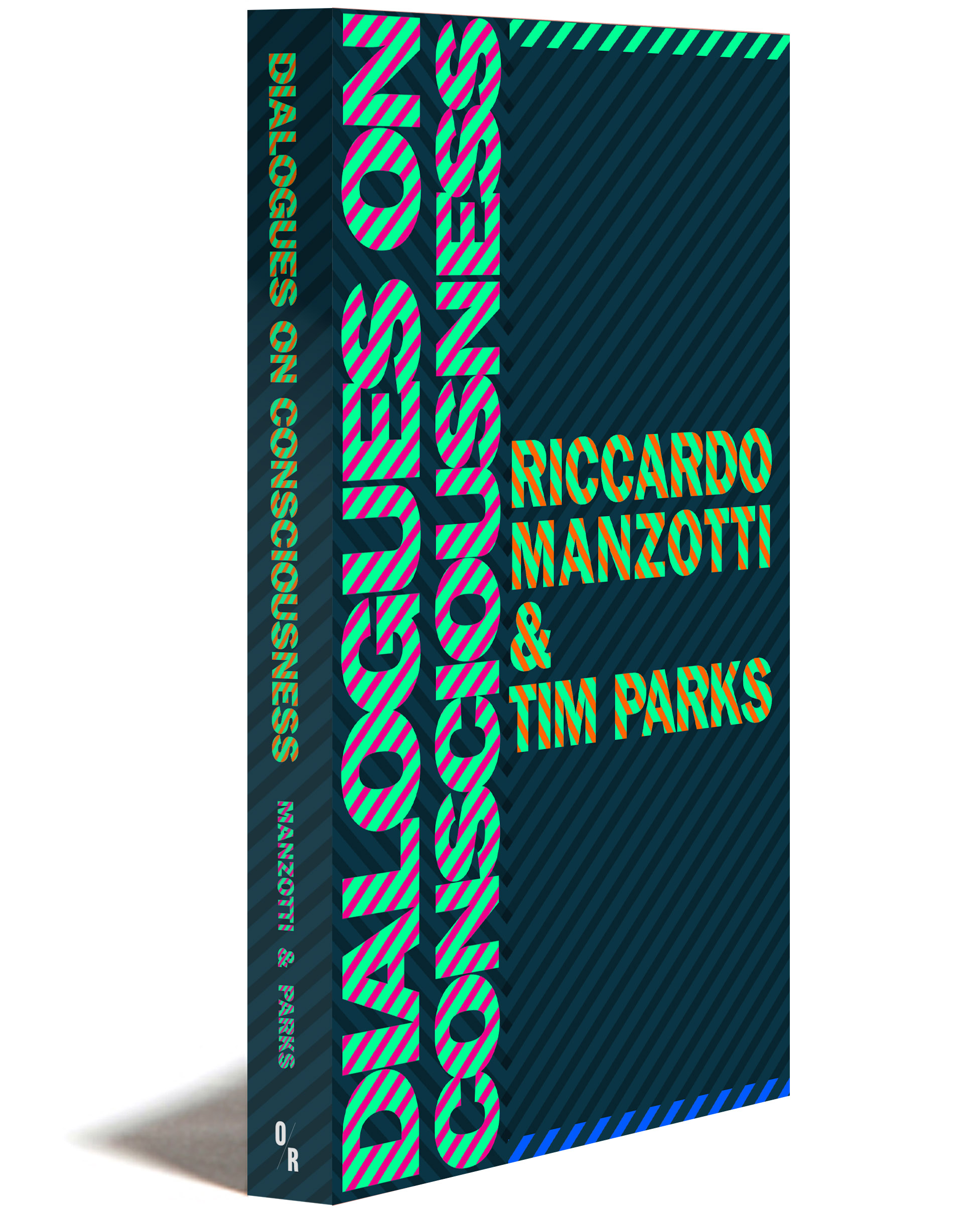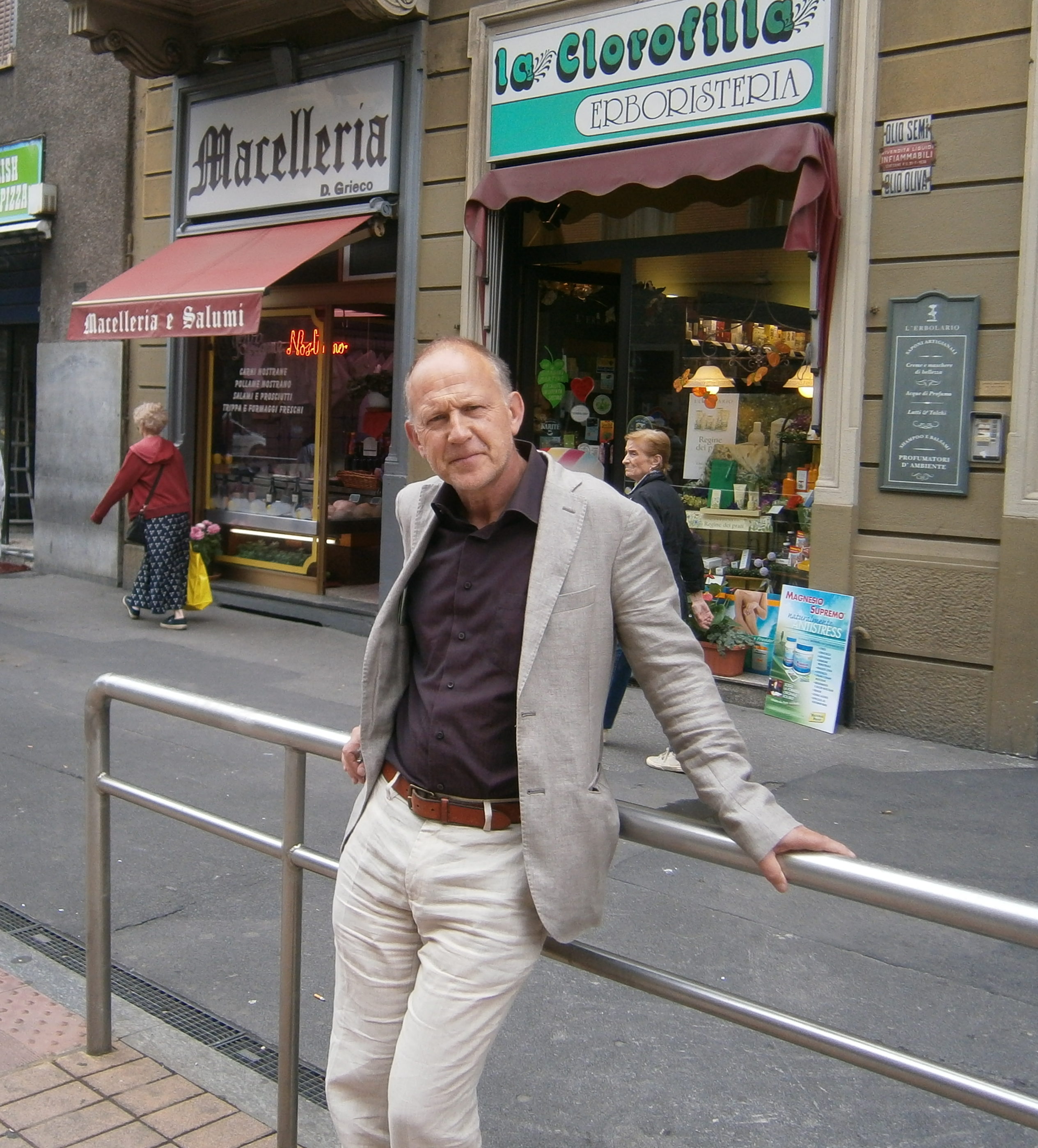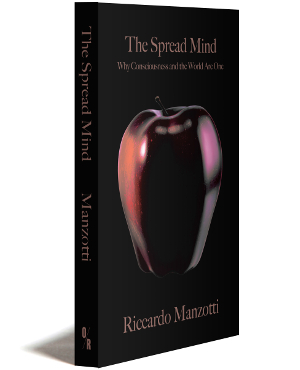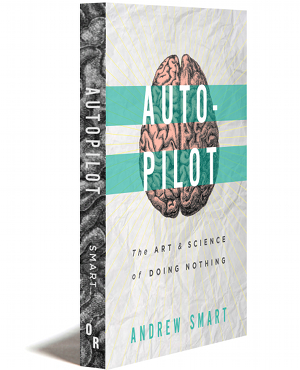
About the Book
Over a period of many years, the celebrated English novelist Tim Parks and the Italian philosopher Riccardo Manzotti have been discussing the nature of consciousness. Not long ago, Parks suggested to his friend that they condense their exchanges “into a series of focused dialogues to set out the standard positions on consciousness, and suggest some alternatives.” Fifteen of the resultant conversations were edited by Parks and published in The New York Review of Books online—one of its most popular features ever.
Now collected into one slim but thought-provoking volume, the dialogues reveal the profound scholarship of the two men. Their talks touch upon Aristotle and William James, the Higgs boson and Descartes, and include topics such as “Where Are Words?”, “The Body and Us”, “The Reality of Dreams”, “The Object of Consciousness”, and finally “Consciousness: What Is It?”. For those of us searching for insight into some of life’s most basic puzzles—how do we think? how do we perceive one another, and ourselves?—Dialogues on Consciousness will take its place alongside other classics of philosophy.
148 pages • Paperback ISBN 978-1-68219-224-5 • E-book 978-1-68219-226-9
About the Authors

Photo © the author
space after caption
|
Tim Parks, novelist, essayist and translator, is the author of nineteen works of fiction, including Europa, shortlisted for the Booker. He is a regular contributor to both The New York Review of Books and The London Review of Books. He lives in Italy, where he teaches literature and translation studies at IULM in Milan.
|

Photo © Giulio Manzotti
space after caption
|
Riccardo Manzotti is a philosopher, psychologist, and robotics engineer who has written more than 50 scientific papers and several books, among them The Spread Mind: Why Consciousness and the World Are One. A former Fulbright Visiting Scholar at MIT, he is now visiting professor at UAEU University (Emirates).
|
Read an Excerpt
Does Information Smell?
In our first two dialogues, we presented the standard, or “internalist” version of how our conscious experience of the world comes about: very bluntly, it assumes that the brain receives “inputs” from the sense organs—eyes, ears, nose, etc.—and transforms them into the physical phenomenon we know as consciousness, perhaps the single most important phenomenon of our lives. We also pointed out, particularly with reference to color perception, how difficult it has been for scientists to demonstrate how, or even whether, this really happens. Neuro¬scientists can correlate activity in the brain with specific kinds of experience, but they cannot say this activity is the experience. In fact, the neural activity relating to one experience often seems nearly indistinguishable from the neural activity relating to another quite different experience. So we remain unsure where or how consciousness happens. All the same, the internalist model remains dominant and continues to be taught in textbooks and broadcast to a wider public in TV documentaries and popular non-fiction books. So our questions today are: Why this apparent consensus in the absence of convincing evidence? And what new ideas are internalists exploring to advance the science? —Tim Parks
Tim Parks: Riccardo, I know I should be asking the questions, not answering them. But I’m going to suggest that one reason for this consensus is that we are in thrall to the analogy of the brain as computer. For example, a recent paper I was reading about the neural activity that correlates with the sense of smell begins, “The lateral entorhinal cortex (LEC) computes and transfers olfactory information from the olfactory bulb to the hippocampus.” Words like “input,” “output,” “code,” “encoding,” and “decoding” abound. It all sounds so familiar, as if we knew exactly what was going on.
Riccardo Manzotti: We must distinguish between internalism as an approach to the problem of consciousness (the idea that it is entirely produced in the head) and neuroscience as a discipline. The neuroscientists have made huge progress in mapping out the brain and analyzing the nitty-gritty of what goes on there: which neurons are firing impulses in which rhythms to which others, what chemical exchanges are involved, and so on. But you are right: the way they describe their experiments by way of a computer analogy—in particular of information processing and memory storage—can give the mistaken impression that they’re getting nearer to understanding what consciousness is.
When physiologists address other parts of the body—the immune system, the kidneys, our blood circulation—they don’t feel the need to use anything but the language of biology. Read a paper on, say, the liver, and it will be talking about biochemical mechanisms—metabolites, ion homeo¬stasis, acetaminophen poisoning, sepsis, infection, fibrosis, and the like, all terms that refer to actual physical circumstances. Yet, when dealing with the brain, we suddenly find that neurons are processing “information,” rather than chemicals.
Parks: Is this because while we know what other organs are doing—I mean, which physical processes in the body each is responsible for—we’re not sure what all this neural activity is for?
Manzotti: On the contrary. We know very well that neural activity controls behavior, the nervous system having evolved to meet complex external circumstances with appropriate reactions. The question is, did it also evolve to orchestrate an internal mental theater for us—David Chalmers’s “movie-in-the-head”? Or to “process information”? Stanislas Dehaene and Jean Pierre Changeux, two leading neuroscientists, recently claimed that to explain consciousness we must show “how an external or internal piece of information goes beyond nonconscious processing and gains access to conscious processing, a transition characterized by the existence of a reportable subjective experience.” There’s barely a word here that refers to anything physical.
Parks: But is it really not possible to connect the notion of information with chemical exchanges occurring in the brain? Surely when we use a computer the information input is moved along toward the output through electrical signals. Can’t this also be the case with the brain? Hasn’t the philosopher Luciano Floridi claimed that “information is a physical phenomenon, subject to the laws of thermodynamics”?
Manzotti: Listen, when something physically exists and obeys the laws of thermodynamics, then you can find it, concretely. Electrons were predicted to exist and then found. Likewise the planet Neptune and a host of other things. But information, or data, is not a thing. It’s an idea we stipulated because it served a certain purpose, but it doesn’t exist physically, as an entity in its own right in the causal chain. Brutally, when we look inside a computer, or a brain, we don’t see or even detect information. Or data. We see physical stuff: voltage levels in a computer, chemicals in the brain.
Parks: So what you’re saying is that everything that goes on in a computer or in a brain could be fully and properly described without resorting to words like information or data?
Manzotti: Absolutely. Imagine you’re describing a battery; you will have to refer to electricity. It is an indispensable part of the thing. But, when you describe what the brain or even a calculator does, everything can be exhaustively described in terms of causal processes, chemical releases, and voltage changes without ever using the word information.
In the Media
- “Are your decisions made by your brain, or via the experience of the world relative to your body?” — DIALOGUES ON CONSCIOUSNESS excerpted in Aeon (3/23/2020)
- “While Manzotti and Parks provide plenty of food-for-thought in Dialogues on Consciousness, their discussion is not saturated in existential angst and ennui the way it is for Shawn and Gregory. It’s more of a straight-up cerebral set of conversations about the mind.”–DIALOGUES OF CONSCIOUSNESS reviewed in Counterpunch (11/1/2019)





